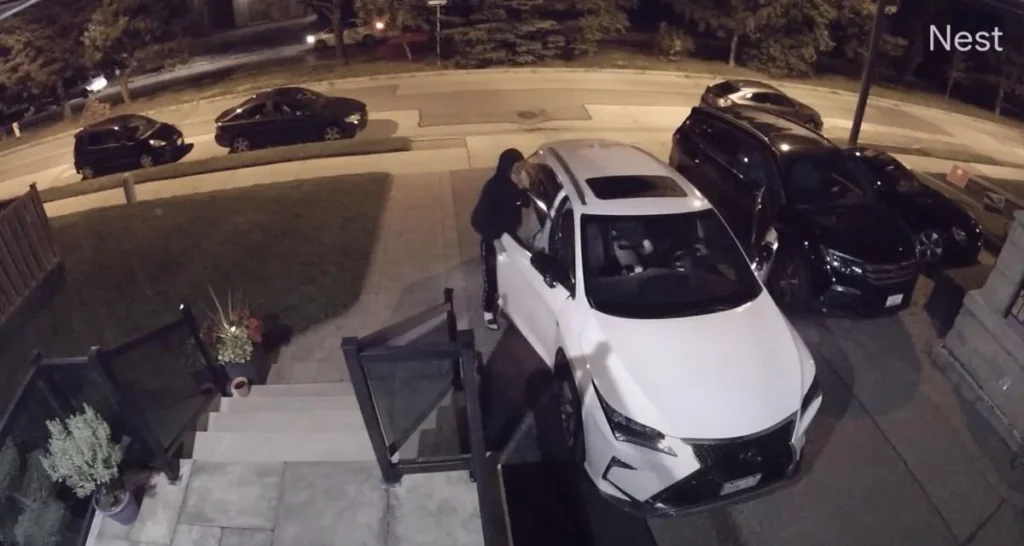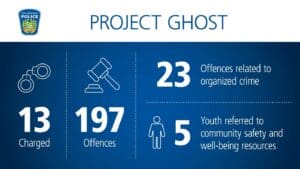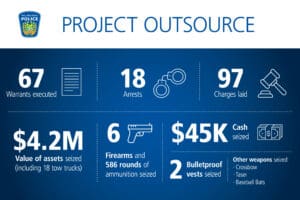

By Patrick Brown Contributor
Patrick Brown is the mayor of Brampton.
As mayor of Brampton, my commitment to tackling the rampant issue of auto theft has recently taken me beyond our borders. Invited by the U.S. Department of Homeland Security, I had the privilege of touring the Port of Newark alongside Peel Regional Police Deputy Chief Nick Milinovich.
This port, a bustling hub of commerce on the east coast of the United States, provided a master-class in effective security measures and law enforcement co-operation.
The Port of Newark is not just a sea of economic activity; it is also a fortress against the export of stolen goods, particularly vehicles. During our visit, it was evident that modern technology plays a pivotal role in this success.
Advanced scanning systems operate seamlessly, debunking the myth that security measures must slow down commerce. In fact, Newark’s port is the leading U.S. location for auto theft recovery, a testament to the efficacy of these technologies.
What struck me most was the synergy between local police, state agencies and port authorities. This partnership ensures that any suspicious activity, such as the loading of cars into containers, is swiftly addressed. The local law enforcement’s ability to open and inspect containers is a critical tool in their arsenal, one that we are sorely missing in Canada.
Another stark contrast is the procedural rigour in cargo declaration. In the U.S., Homeland Security requires that the contents of shipping containers be specified 72 hours in advance. In Canada, astonishingly, amendments to cargo manifests can be made up to 90 days after departure. This laxity is a loophole that organized crime has not failed to exploit, contributing to a burgeoning auto theft industry valued at $2 billion annually.
Our visit culminated in a profound understanding of the tangible steps that can be taken to mitigate such crimes. Inspired by Newark’s model, it is clear that Canada has much to gain from adopting similar measures.
The recent announcement by the federal public safety minister of an impending scanner at Brampton’s intermodal hub is a step in the right direction, but it is just the beginning. We need these technologies not just in Brampton but also in other critical areas like Vaughan and the Port of Montreal.
As one of Canada’s most vocal advocates against auto theft, I am more convinced than ever that the adoption of advanced scanning technology, coupled with closing procedural loopholes, will significantly curb this epidemic. The effectiveness of such measures in the U.S. underscores their potential impact in Canada.
The battle against auto theft is not just about recovering stolen property. It is about safeguarding our communities, protecting our economic interests and dismantling the networks of organized crime that thrive on these illicit activities. With the right tools and international co-operation, we can put the brakes on auto theft and ensure that our ports and cities are secure.
The insights gained from the Port of Newark are invaluable, and I am committed to ensuring that these lessons lead to real change. It’s time for Canada to embrace these proven strategies and equip our law enforcement agencies with the resources they need to turn the tide against organized crime.
I was encouraged with Minister Dominic LeBlanc’s announcement on Sunday that the first scanner has arrived in the GTA. Together, we can make our communities safer and put organized crime out of business.
“The battle against auto theft is not just about recovering stolen property. It is about safeguarding our communities, protecting our economic interests and dismantling the networks of organized crime that thrive on these illicit activities,” writes Patrick Brown.






